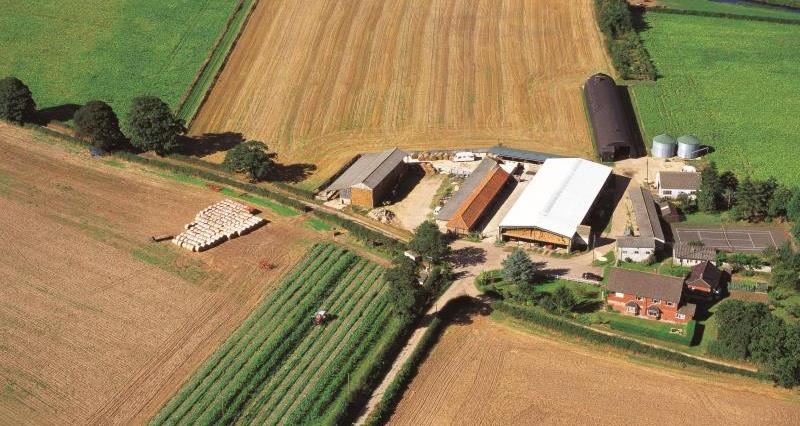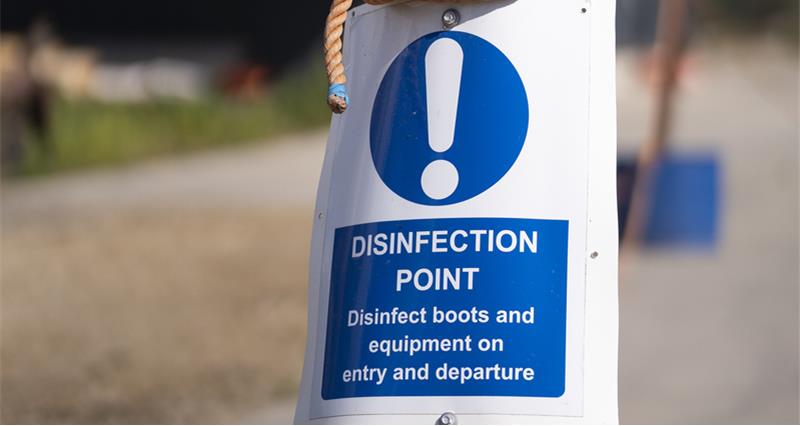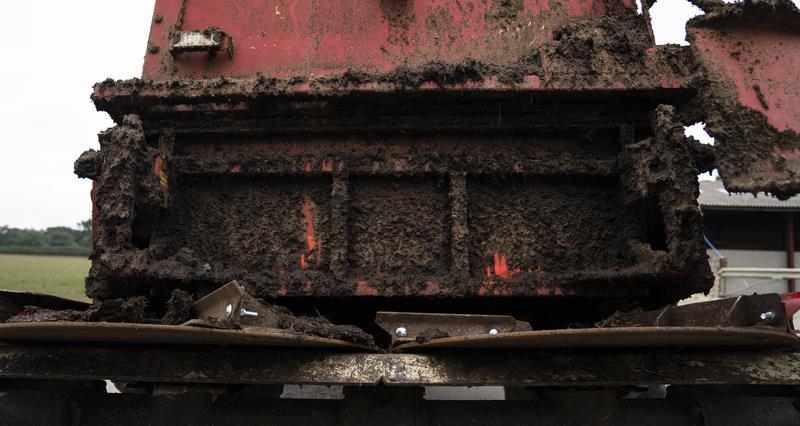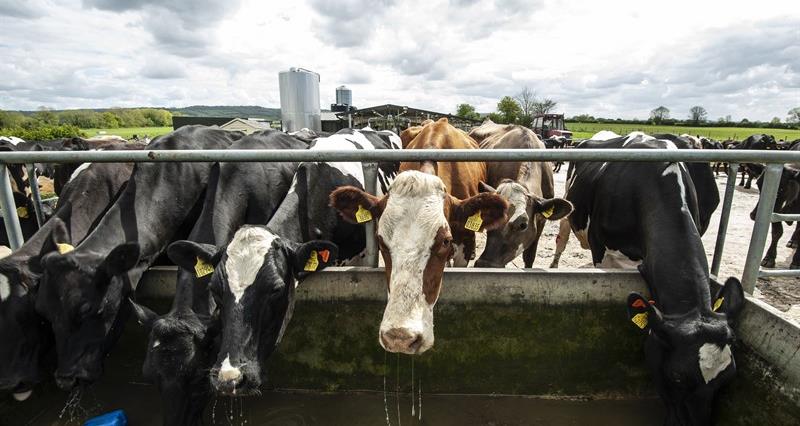Managing grass growth can be an ongoing challenge for many farmers, with high fertiliser costs and summer droughts across much of the UK.
With nitrogen levels higher than traditional farmyard manures and slurry, litter from the poultry and gamebird sectors can look an attractive option to help counter high input costs.
There are however risks to both grazing animals and silage production linked to these products. This is because fragments of carcases, containing botulinum toxins, may persist on pasture for some considerable time.
- Broiler litter should not be spread on agricultural land that is to be grazed, or from which silage or hay is to be harvested, in the same year.
- If litter must be spread, it should be deep-ploughed into arable ground.
- If this is not an option and litter must be disposed of by spreading, ruminants should not have access to the treated fields for at least several months.
However, there is no guarantee that the treated fields would be safe and it is important to remember that fragments of carcases may be transported by scavenger animals and birds.
- Spreading litter on windy days may also pose a risk of contamination to adjacent fields.
- Any animal or bird carcases, or portions of carcases, visible on pasture or in livestock houses, should be promptly removed. Even small fragments of such material may be dangerous to livestock and should be disposed of, as required by current legislation.
Silage
If litter has been spread on silage ground, it is advisable to raise the cutting blades, so that the grass is not cut close to the ground. This will reduce the risk of decaying matter being included in the silage cut.
Contaminated bedding
Do not use litter, or sawdust or shavings that may have had contact with broilers, as bedding for cattle.












